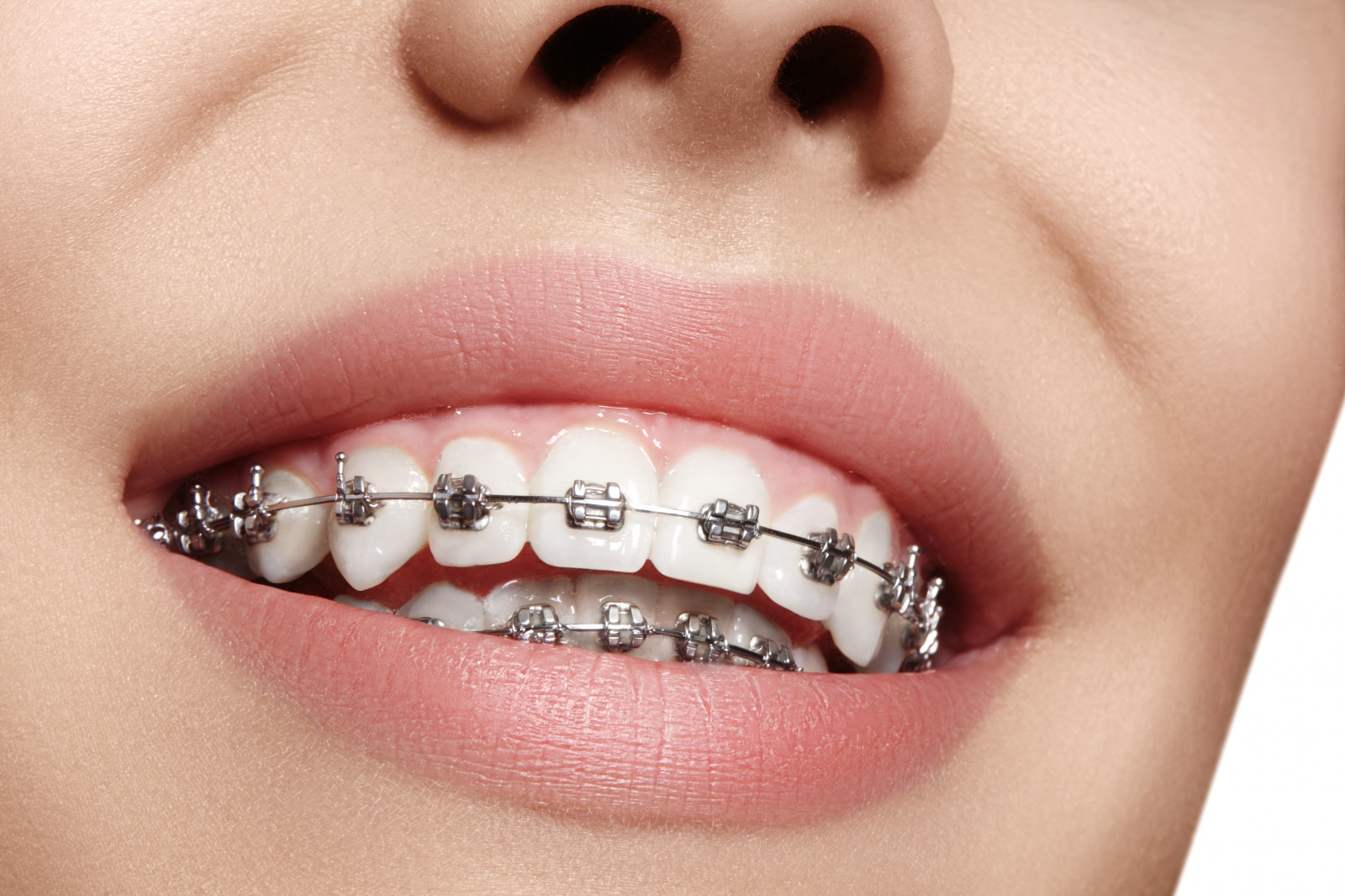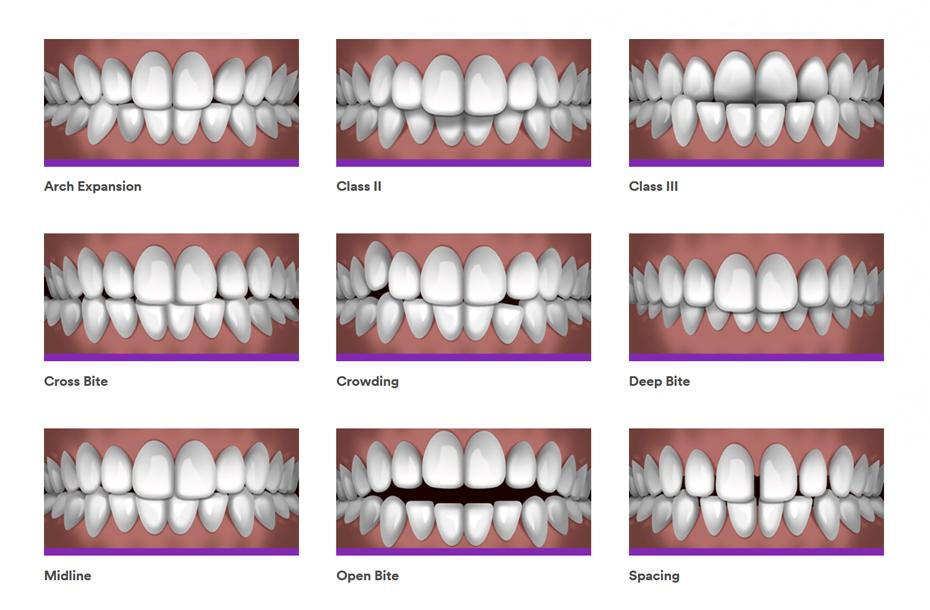Some Known Questions About Causey Orthodontics.
Some Known Questions About Causey Orthodontics.
Blog Article
All About Causey Orthodontics
Table of ContentsUnknown Facts About Causey OrthodonticsThe 4-Minute Rule for Causey OrthodonticsSome Of Causey OrthodonticsTop Guidelines Of Causey OrthodonticsThe Ultimate Guide To Causey OrthodonticsCausey Orthodontics Things To Know Before You Get ThisThe Main Principles Of Causey Orthodontics
What is the distinction in between a dental practitioner and an orthodontist? All dental practitioners, consisting of orthodontists, treat the teeth, gum tissues, jaw and nerves.
Orthodontists and dental practitioners both supply dental treatment for patients. Orthodontists can function in an oral workplace and use the exact same therapies as various other dentists. You can believe of both medical professionals who deal with periodontal and teeth troubles. The major difference is that becoming an orthodontist requires a certain specialty in dealing with the misalignment of the teeth and jaw.
Causey Orthodontics - Questions
An orthodontist is a dental practitioner that has undergone training to specialize in the diagnosis, prevention and treatment of abnormalities in the jaw and teeth. They can likewise recognize prospective problems in teeth alignment that might develop when conditions are left neglected (orthodontist services).
This includes all the necessary education to become a general dental practitioner. According to the American Trainee Dental Association (ASDA), it implies you will need to have either a Physician of Medicine in Dental Care (DMD) or a Medical Professional of Oral Surgery (DDS). Simply put, orthodontists require to finish oral institution and after that get an orthodontics specialty education.
Some orthodontists also obtain their masters in craniofacial biology. These programs concentrate on two certain locations or self-controls: Dentofacial Orthopedics: This research focuses on directing teeth and jaw advancement.
Rumored Buzz on Causey Orthodontics

 These consist of device such as dental braces, retainers and Invisalign. So, what does an orthodontist do, and what do they concentrate on? The general goal of an orthodontist is to boost a person's bite. Not everybody is born with straight teeth, and an orthodontist will certainly make certain that patients obtain uniformly spaced straight teeth.
These consist of device such as dental braces, retainers and Invisalign. So, what does an orthodontist do, and what do they concentrate on? The general goal of an orthodontist is to boost a person's bite. Not everybody is born with straight teeth, and an orthodontist will certainly make certain that patients obtain uniformly spaced straight teeth.
Rumored Buzz on Causey Orthodontics
The American Association of Orthodontists advises your initial check up by age 7. You'll need to see your orthodontist if you have a misalignment in your teeth, likewise referred to as malocclusion. If you notice uneven bite patterns, a slightly misshapen jaw, or when your teeth are chock-full, you will likely require orthodontic treatment.
In addition, we supply adjustable treatment timetables, versatile settlement alternatives and an enjoyable, enjoyable experience.
An orthodontist is a dentist trained to identify, prevent, and treat teeth and jaw abnormalities. They deal with existing conditions and are educated to identify troubles that might develop in the future. Orthodontists deal with individuals of any ages, from kids to grownups. People commonly associate an excellent smile with good health.
How Causey Orthodontics can Save You Time, Stress, and Money.
Malocclusion, or misaligned teeth, can cause dental problems, consisting of dental cavity, periodontal illness, and difficult or agonizing eating. Yet not everyone is birthed with straight teeth. If you have a bad bite or large rooms in between your teeth, you might intend to seek advice from a dental professional focusing on orthodontic care.
(Photo Credit Rating: DigitalVision/Getty Images) Orthodontists make use of repaired and removable dental tools, like braces, retainers, and bands, to transform the setting of teeth in your mouth. Orthodontic therapy is for dental irregularities, consisting of: Uneven teethBite problems, like an overbite or an underbiteCrowded teeth or teeth that are also far apartJaw misalignmentThe objective of orthodontic treatment is to enhance your bite.
The Basic Principles Of Causey Orthodontics

, yet not all dentists are orthodontists. They focus on two locations: How to properly and securely relocate teeth Exactly how to correctly assist advancement in the teeth, jaw, and faceOnce an orthodontist has actually completed training, they have the option to come to be board certified.
Misalignment, or malocclusion, is the most common reason individuals see an orthodontist. It is genetic and is the result of size differences in between the upper and reduced jaw or between the jaw and teeth. family orthodontics. Malocclusion leads to tooth congestion, a twisted jaw, or irregular bite patterns. Malocclusion is generally treated with: Your orthodontist connects steel, ceramic, or plastic square bonds to your teeth.
Not known Details About Causey Orthodontics
If you have just minor malocclusion, you might have the ability to utilize clear braces, called aligners, rather than traditional dental braces. Some individuals need a headwear to help relocate teeth into line with stress from outside the mouth. After braces or aligners, you'll need to wear a retainer. A retainer is a customized device that maintains your teeth in position.
Report this page